Wine is widely considered to be the alcoholic drinks category least vulnerable to minimum pricing. Leaving aside aggressive three- for-£10 type offers, most wine products would be expected to come in above the 40p minimum that is being proposed as part of the government’s alcohol strategy.
But how many wine products are actually being sold below 40p per unit, now that the increases in duty in the March budget have filtered through to consumers? And what difference would a higher minimum price, of 50p, make?
To find out, we analysed a total of 188 wine SKUs from six major supermarkets in the week commencing 14 May 2012.
Our results certainly suggest wine drinkers would see little impact from a 40p minimum pricing regime - in our sample, only seven out of 188 wines were sold for less than 40p per unit, with only Tesco and Asda selling them.
Not surprisingly, some of these were for multibuy offers, such as a three-for-£10 deal on Blossom Hill 12.5% Signature Blend in Asda.
Wholesale prices: red meat & poultry
Following sky-high prices in 2011, the lamb market has eased this year. Prices for UK lamb have fallen nearly 20% year-on-year and nearly 10% month-on-month as new season lamb has hit the market. UK lamb prices have also come under pressure from the pound’s continued strong performance against the euro.
Not all UK red meats, however, have seen prices come down as a result of the sterling/euro exchange rate. Although there was a slight decline month-on-month, beef prices are still nearly 25% higher than they were this time last year. UK pork prices also remain up on last year, and at £1,482/tonne are currently about 4% higher year-on-year, having risen by 3.6% over the past month.
Meanwhile, chicken is getting cheaper, with UK and Dutch prices currently down 3.4% and 5.6% year-on-year respectively. Frozen UK turkey has remained flat at £2,650/tonne over the past year.
However, Asda and Tesco were also selling three-litre wine boxes at less than 40p per unit, including a Blossom Hill 11.5% California White at £12.59, which would have to cost at least £13.80 under a 40p minimum pricing regime.
Interestingly, all the products in our sample that came in below the 40p minimum price were big brand names - a sharp contrast to the spirits category, where most below-40p products are own label.
With only seven wine products out of 188 currently coming in below the minimum price, a 40p regime would leave most of the wine category untouched. By comparison, 24% of cider SKUs in our sample were selling at less than 40p per unit, as were 23% of spirits SKUs.
Raising the minimum price from 40p to 50p, however, would make a major difference to wine drinkers.
Our analysis of the same 188 wine SKUs shows that 26% of those sold in Asda were being sold at less than 50p per unit, and 11% of wines in Tesco were.
This suggests one thing - if minimum pricing is finally introduced and survives any legal challenge, future governments will find it very tempting to increase the minimum price from, say, 40p to 50p and beyond.



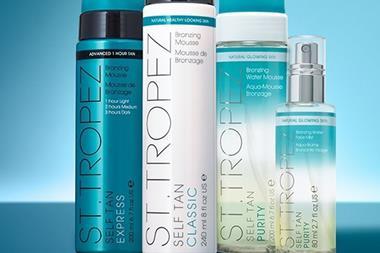
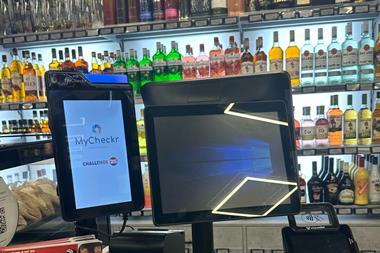
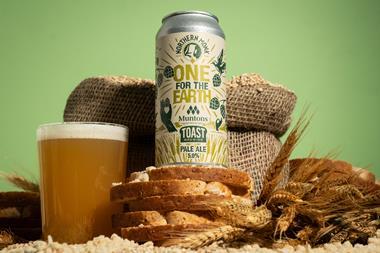


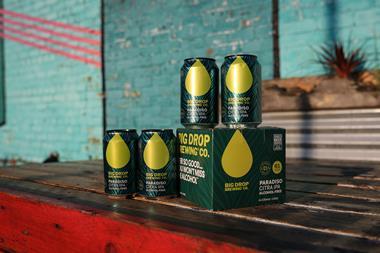
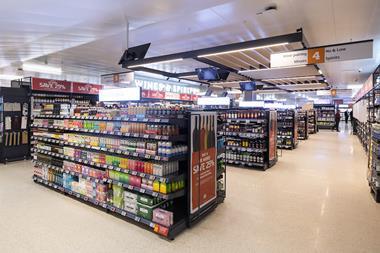
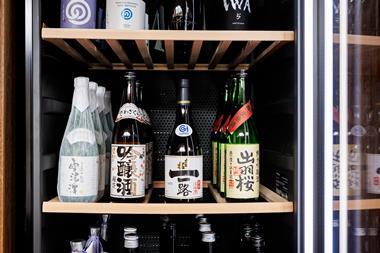
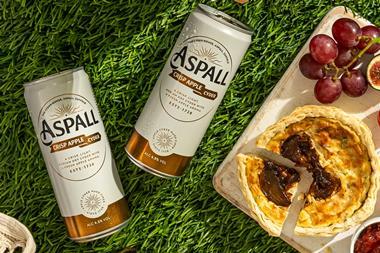
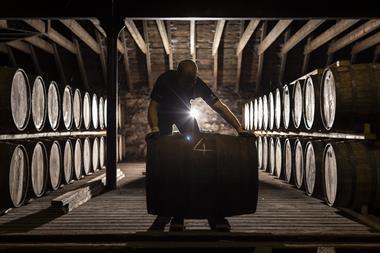
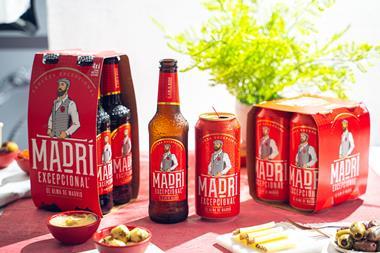
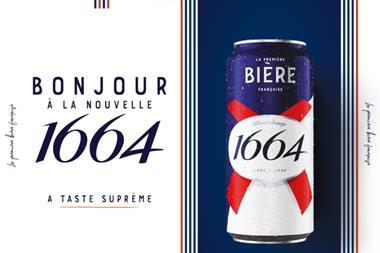
No comments yet